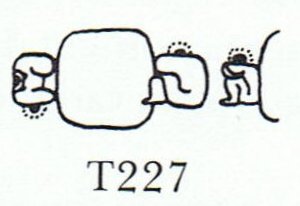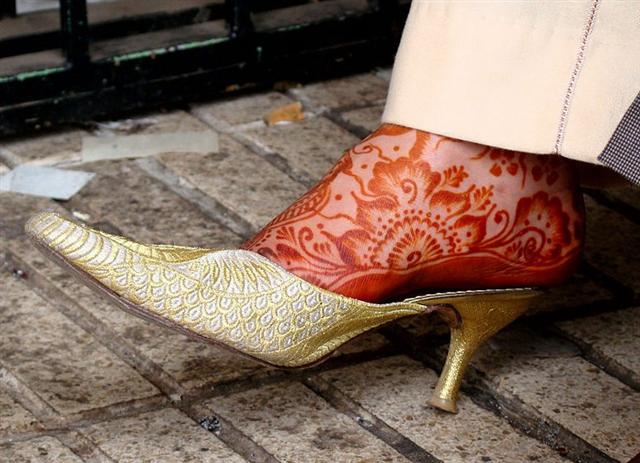|
364
... The Arabians called it Al Dhāt al Kursiyy [cfr Cursa], the Lady in the Chair - Chilmead's Dhath Alcursi, - the Greek proper name having no significance to them; but the early Arabs had a very different figure here, in no way connected with the Lady as generally is supposed, - their Kaff al Hadib, the large Hand [cfr Caph] Stained with Henna, the bright stars marking the fingertips; although in this they included the nebulous group in the left hand of Perseus ... could for instance generate the idea of 300 + 64 in order to separate the days of summer from the season when the Sun was 'dormant':  ... The author of the Book of Enoch in his treatise on astronomy and the calendar also reckoned a year to be 364 days, though he pronounced a curse on all who did not reckon a month to be 30 days long ... 10 times 3(0) would correspond to the hands of 3 men, perhaps to be regarded as king makers:
227 → 22 / 7 = π, cfr the glyph determined to be T227 above. .jpg) Which in turn ought to be reflected (as if written) in the night sky, because what was below should also be above. ... OgotemmÍli had his own ideas about calculation. The Dogon in fact did use the decimal system, because from the beginning they had counted on their fingers, but the basis of their reckoning had been the number eight and this number recurred in what they called in French la centaine, which for them meant eighty. Eighty was the limit of reckoning, after which a new series began. Nowadays there could be ten such series, so that the European 1,000 corresponded to the Dogon 800. But OgotemmÍli believed that in the beginning men counted by eights - the number of cowries on each hand, that they had used their ten fingers to arrive at eighty, but that the number eight appeared again in order to produce 640 (8 x 10 x 8). 'Six hundred and forty', he said, 'is the end of the reckoning.'
|


